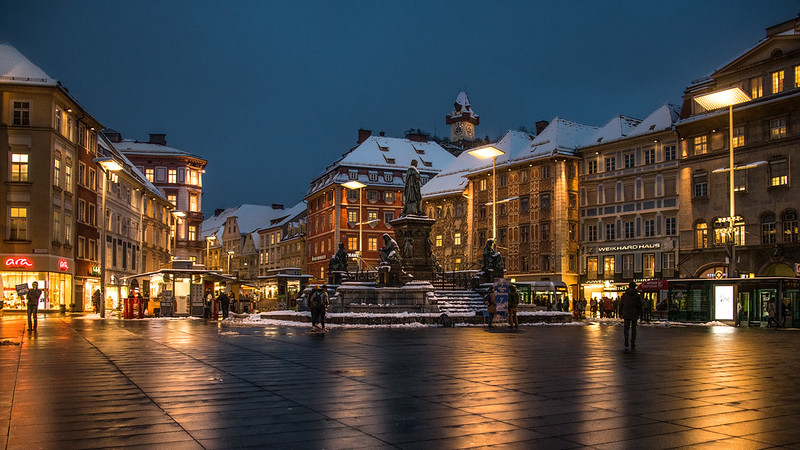
Statement by CONI (Comitato Olimpico Nazionale Italiano);
The Italian National Olympic Committee unanimously resolves to send the proposal for candidacy for the 2026 Winter Olympic and Paralympic Games of the cities of Milan, Turin and Cortina for an innovative project intended to guarantee a balance between the respective territorial areas through the reinforcement of cohesion and respect between the areas identified to host the Games and the identification of solutions that provide the best chance for success of the candidacies for all of Italy.
You can download the the proposal of the Evaluation Commission (in Italian) here.




